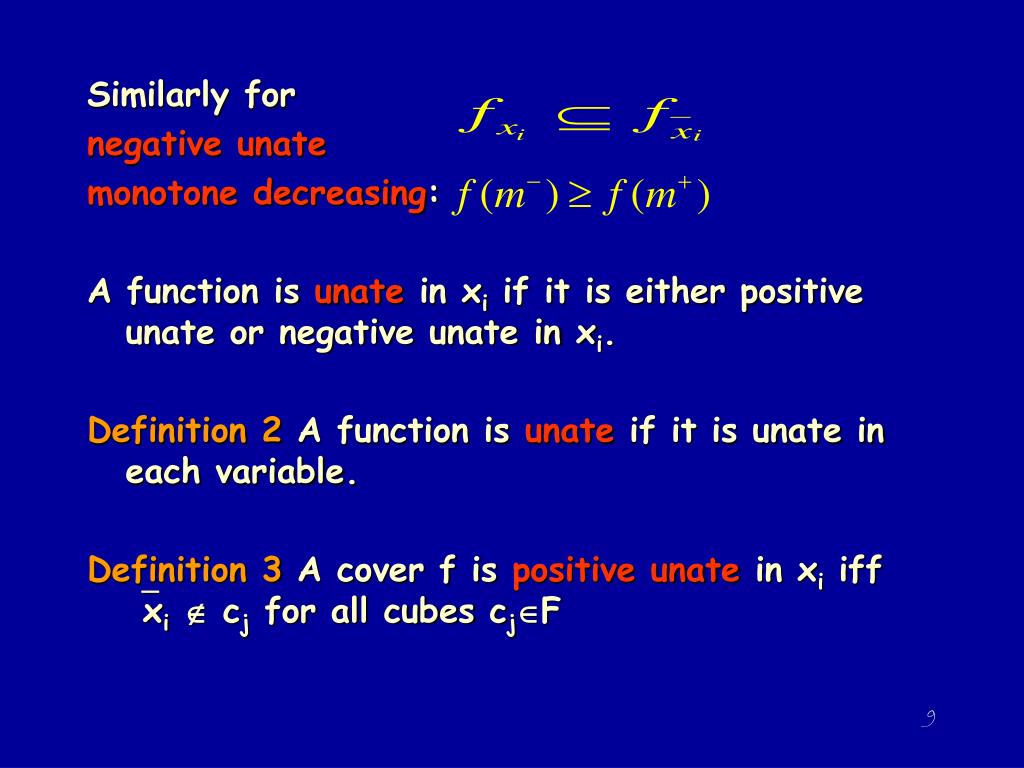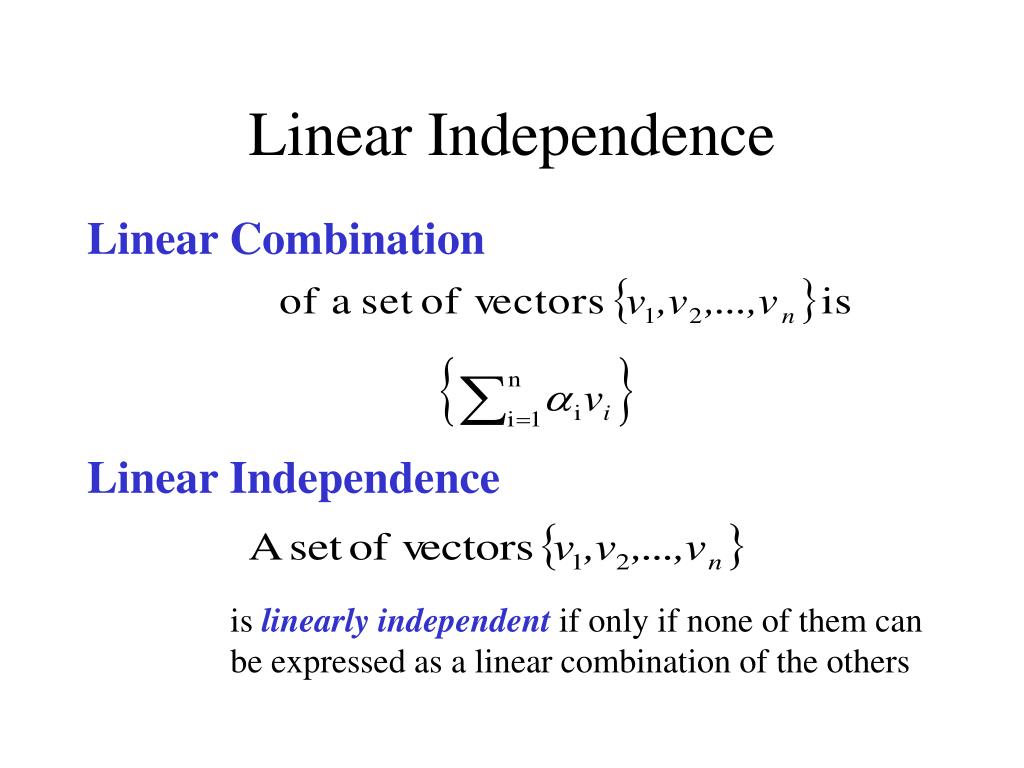

See mathematical formulation of quantum mechanics for details. In quantum mechanics for example, a physical system is described by a complex Hilbert space which contains the "wavefunctions" that stand for the possible states of the system.

In applications, they are typically sequences of complex numbers or functions. The elements of an abstract Hilbert space are sometimes called "vectors". The name "Hilbert space" was soon adopted by others, for example by Hermann Weyl in his book The Theory of Groups and Quantum Mechanics published in 1931 (English language paperback ISBN 0486602699). Von Neumann was perhaps the mathematician who most clearly recognized their importance as a result of his seminal work on the foundations of quantum mechanics begun with Hilbert and Lothar (Wolfgang) Nordheim and continued with Eugene Wigner. The origin of the designation "der abstrakte Hilbertsche Raum" is John von Neumann in his famous work on unbounded Hermitian operators published in 1929. Hilbert spaces were named after David Hilbert, who studied them in the context of integral equations. Hilbert spaces are studied in functional analysis. Hilbert spaces are of crucial importance in the mathematical formulation of quantum mechanics, although many basic features of quantum mechanics can be understood without going into details about Hilbert spaces. Hilbert spaces serve to clarify and generalize the concept of Fourier expansion and certain linear transformations such as the Fourier transform. In mathematics, a Hilbert space is an inner product space that is complete with respect to the norm defined by the inner product.


 0 kommentar(er)
0 kommentar(er)
